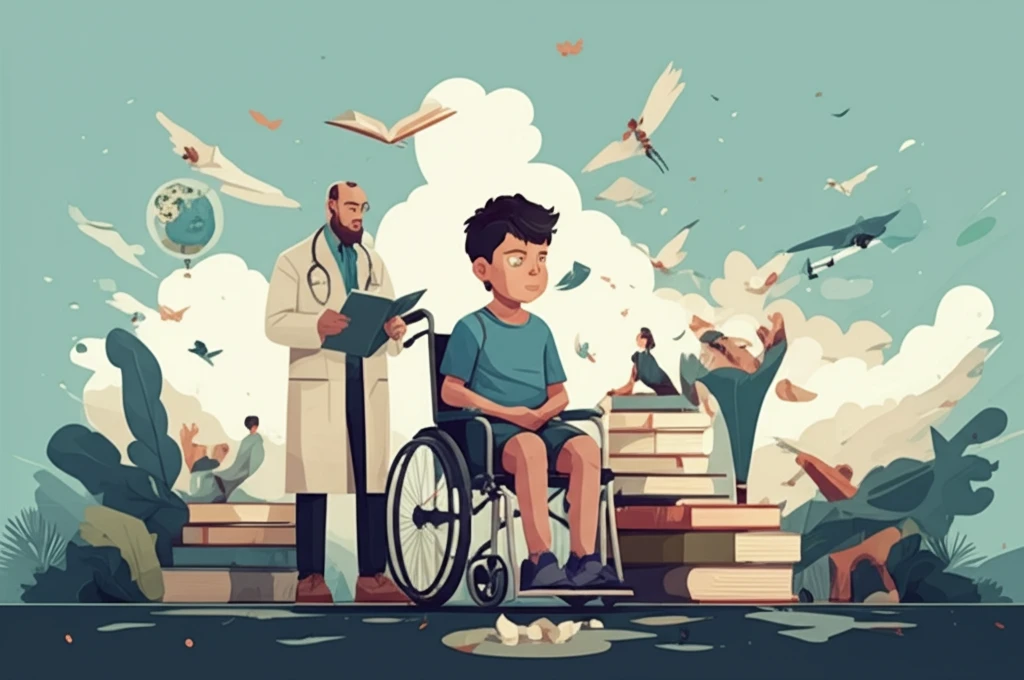
Unlocking Potential: Enhancing the Quality of Life for Children with Cerebral Palsy
"Practical strategies and insights to improve well-being and support for children with cerebral palsy, empowering families and caregivers."
Cerebral Palsy (CP) can significantly impact a child's everyday life, affecting their movement, posture, and overall quality of life (QOL). It is the most common cause of chronic disability in children, restricting their ability to participate fully in daily activities. However, with the right support and interventions, children with CP can lead fulfilling and meaningful lives.
Understanding the multifaceted nature of QOL is crucial. It encompasses physical health, psychological well-being, social relationships, and environmental factors. For children with CP, addressing these aspects can dramatically improve their overall contentment and participation in life.
This article delves into practical strategies and insights to enhance the quality of life for children with Cerebral Palsy, offering guidance for parents, caregivers, and healthcare professionals. We will explore various interventions and support systems that can make a significant difference.
Key Factors Influencing Quality of Life in Children with Cerebral Palsy

Several factors play a critical role in determining the quality of life for children with CP. These include the severity of the condition, access to appropriate medical care and therapies, the availability of supportive social networks, and the child's emotional well-being. Addressing these areas can lead to substantial improvements in their overall QOL.
- Early Intervention: Early diagnosis and intervention are crucial for maximizing a child's potential. Therapies such as physical therapy, occupational therapy, and speech therapy can improve motor skills, communication, and overall development.
- Assistive Technology: Utilizing assistive devices and technologies can enhance independence and participation. This includes mobility aids, communication devices, and adaptive equipment for daily tasks.
- Inclusive Education: Creating inclusive educational environments where children with CP can learn alongside their peers fosters social integration and academic achievement.
- Family Support: Providing support and resources for families is essential. Support groups, counseling services, and respite care can help families cope with the challenges of raising a child with CP.
Moving Forward: Creating a Brighter Future
Enhancing the quality of life for children with Cerebral Palsy requires a collaborative effort from healthcare professionals, educators, families, and the community. By focusing on early intervention, assistive technology, inclusive education, family support, and pain management, we can unlock the potential of these children and help them lead fulfilling and meaningful lives. Creating a supportive and inclusive environment is key to improving their well-being and enabling them to thrive.
